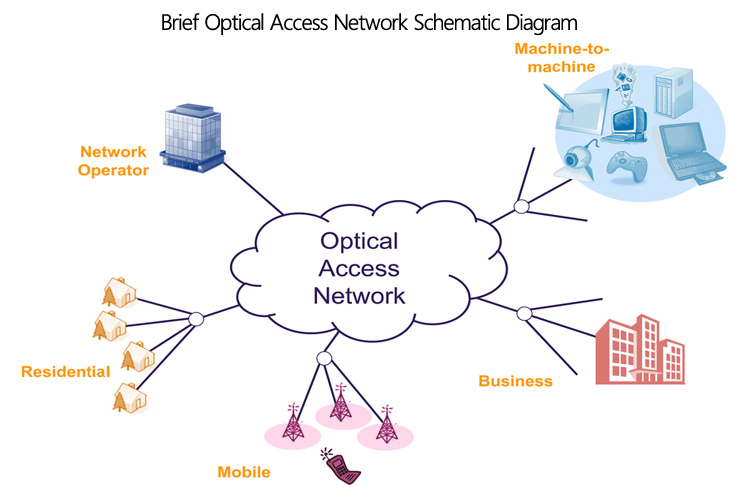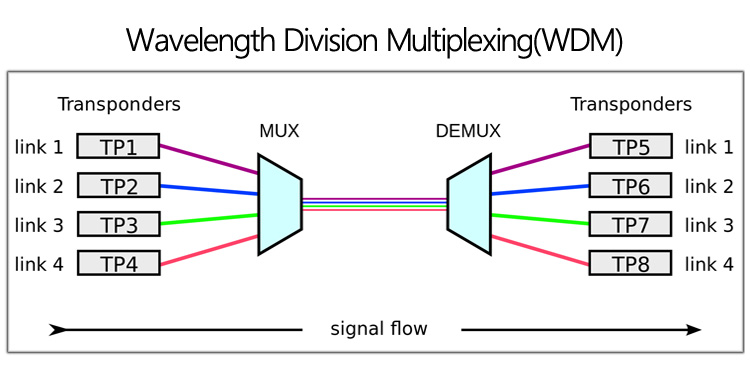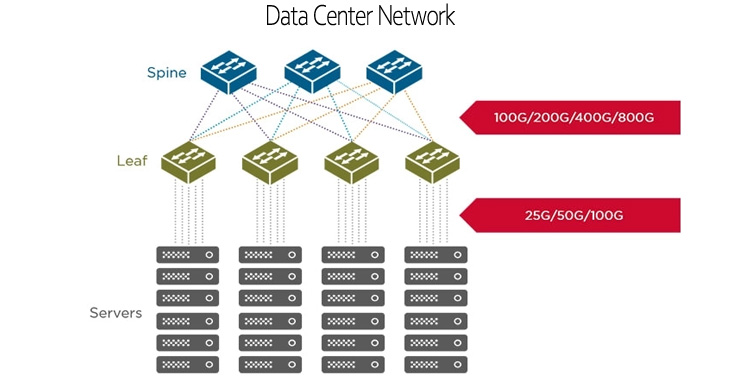Keywords: optical network capacity increase, continuous technological innovation, high-speed interface pilot projects gradually launched
In the era of computing power, with the strong drive of many new services and applications, multi-dimensional capacity improvements technologies such as signal rate, available spectral width, multiplexing mode, and new transmission media continue to innovate and develop.
First of all, from the perspective of the interface or channel signal rate increase, the scale of 10G PON deployment in the access network has been further expanded, the technical standards of 50G PON have generally stabilized, and the competition for 100G/200G PON technical solutions is fierce; the transmission network is dominated by 100G/200G speed Expansion, the proportion of 400G data center internal or external interconnection rate is expected to increase significantly, while 800G/1.2T/1.6T and other higher rate product development and technical standard research are jointly promoted, and more foreign optical communication head manufacturers are expected to release 1.2T or higher rate coherent DSP processing chip products or public development plans.
Secondly, from the perspective of the available spectrum for transmission, the gradual expansion of the commercial C-band to the C+L band has become a convergence solution in the industry. It is expected that the laboratory transmission performance will continue to improve this year, and at the same time continue to carry out research on wider spectrums such as the S+C+L band.
Thirdly, from the perspective of signal multiplexing, space division multiplexing technology will be used as a long-term solution to the bottleneck of transmission capacity. The submarine cable system based on gradually increasing the number of optical fiber pairs will continue to be deployed and expanded. Based on mode multiplexing and/or multiple The technology of core multiplexing will continue to be studied in depth, focusing on increasing transmission distance and improving transmission performance.
Then, from the perspective of new transmission media, G.654E ultra-low-loss optical fiber will become the first choice for trunk network and strengthen deployment, and it will continue to study for space-division multiplexing optical fiber (cable). Spectrum, low delay, low nonlinear effect, low dispersion, and other multiple advantages have become the focus of the industry, while transmission loss and drawing process have been further optimized. In addition, from the perspective of technology and product maturity verification, industry development attention, etc., domestic operators are expected to launch live networks of high-speed systems such as DP-QPSK 400G long-distance performance, 50G PON dual-mode coexistence and symmetrical transmission capabilities in 2023 The test verification work further verifies the maturity of typical high-speed interface products and lays the foundation for commercial deployment.
Finally, with the improvement of data interface rate and switching capacity, higher integration and lower energy consumption have become the development requirements of the optical module of the basic unit of optical communication, especially in typical data center application scenarios, when the switch capacity reaches 51.2Tbit/s And above, the integrated form of optical modules with a rate of 800Gbit/s and above may face the coexistence competition of pluggable and photoelectric package (CPO). It is expected that companies such as Intel, Broadcom, and Ranovus will continue to update within this year In addition to existing CPO products and solutions, and may launch new product models, other silicon photonics technology companies will also actively follow up on research and development or pay close attention to it.
In addition, in terms of photonic integration technology based on optical module applications, silicon photonics will coexist with III-V semiconductor integration technology, given that silicon photonics technology has high integration, high speed, and good compatibility with existing CMOS processes Silicon photonics has been gradually applied in medium and short-distance pluggable optical modules, and has become the first exploration solution for CPO integration. The industry is optimistic about the future development of silicon photonics technology, and its application exploration in optical computing and other fields will also be synchronized carry out.
Post time: Apr-25-2023




